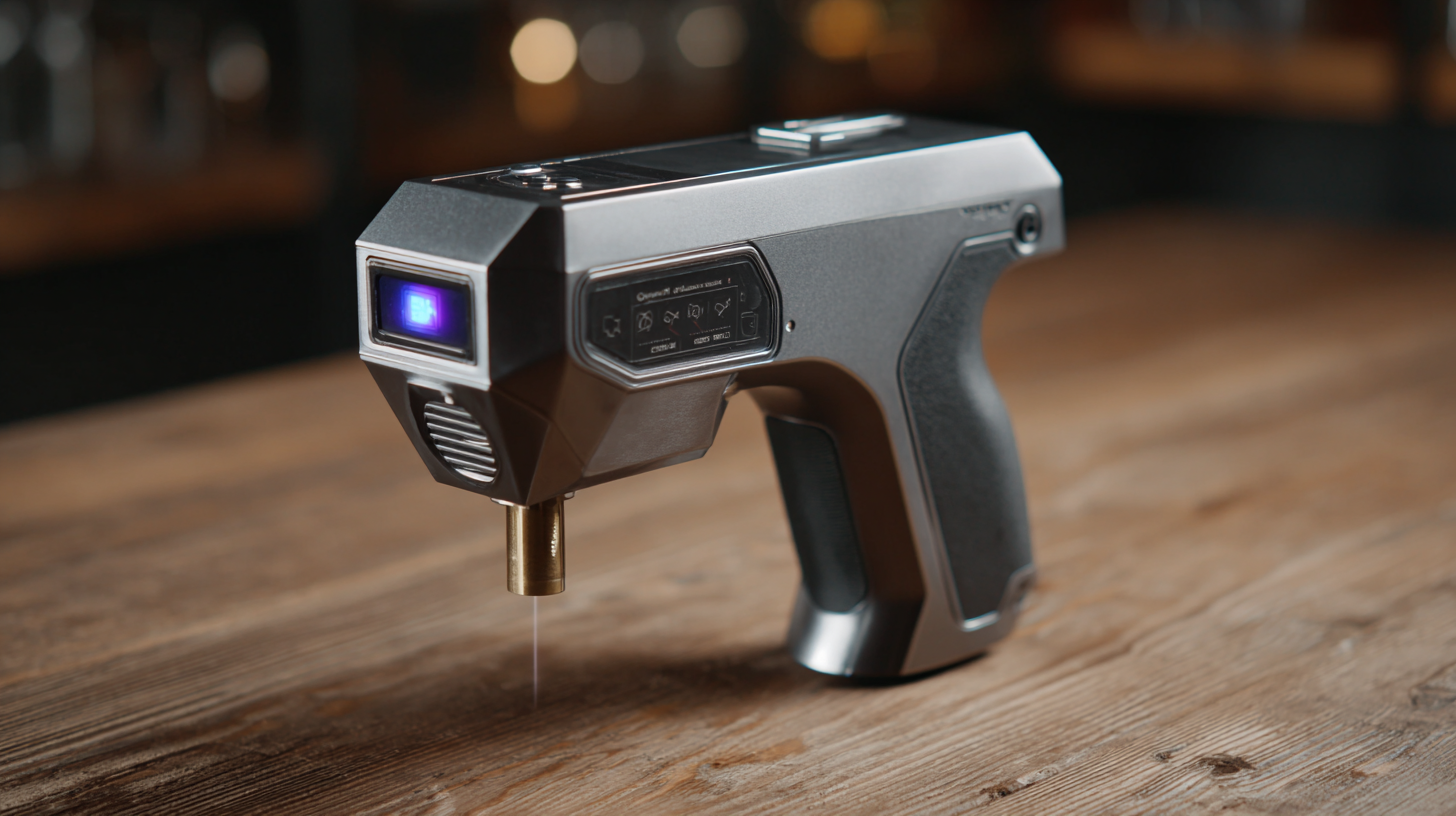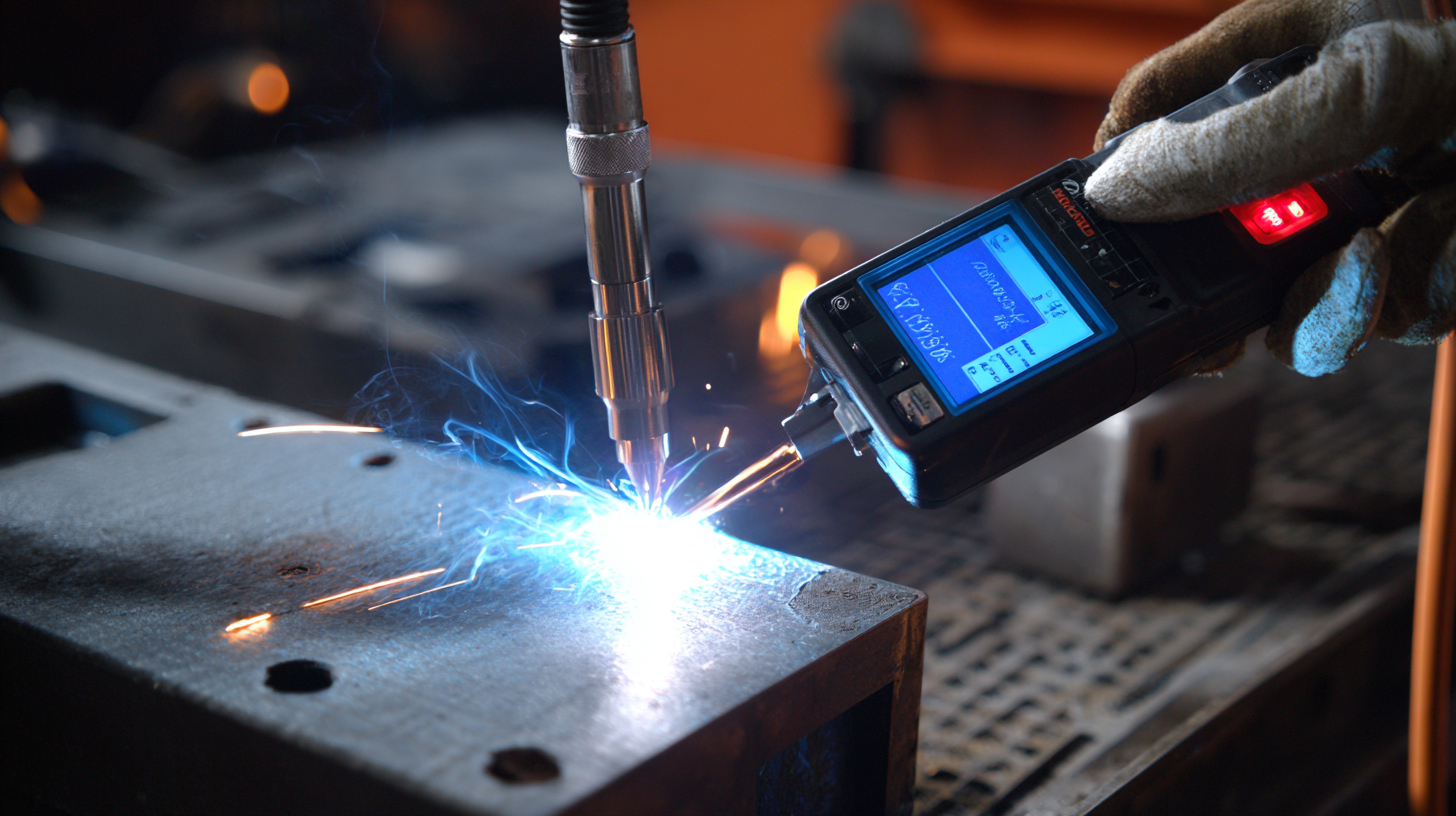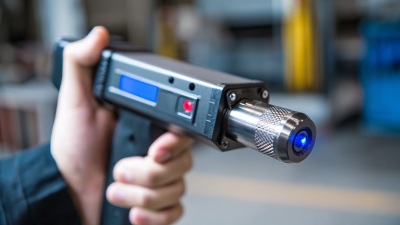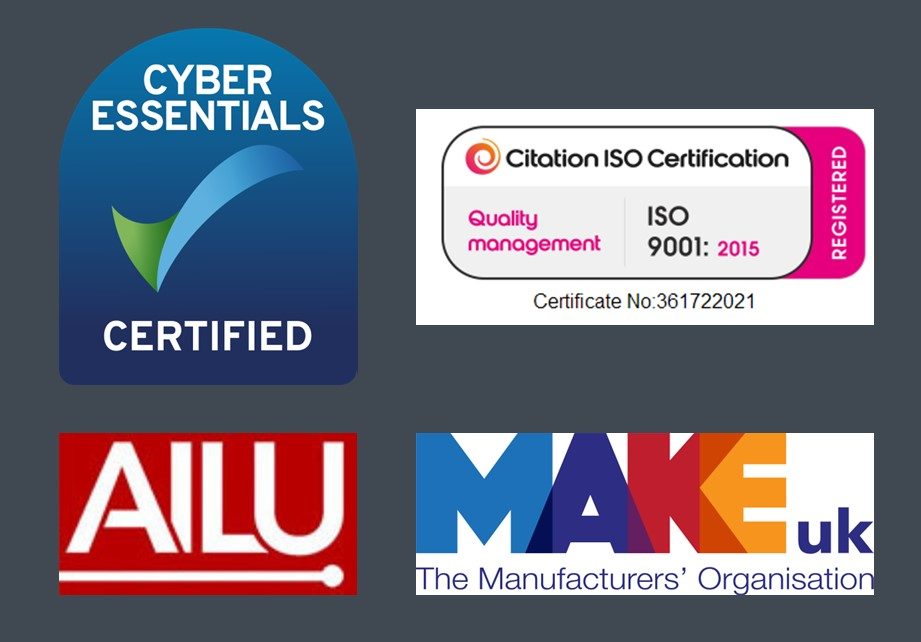Exploring the Future: How Handheld Laser Welders Are Revolutionizing DIY Projects
In the realm of do-it-yourself projects, advancements in technology are continually reshaping the landscape, making tasks more accessible and efficient. One of the most groundbreaking tools to emerge is the handheld laser welder, which is revolutionizing how hobbyists and professionals alike approach welding tasks. This innovative device combines precision, portability, and ease of use, enabling users to tackle a wide range of projects from metal art to intricate repairs with unparalleled accuracy. As we delve into the future of DIY welding, we will explore the numerous advantages of handheld laser welders, their applications across various materials, and practical tips on how to effectively incorporate this cutting-edge tool into your projects. The evolution of welding technology is not just transforming the industrial sector; it is empowering individuals to unleash their creativity and skill at home like never before.

The Rise of Handheld Laser Welders in the DIY Community
The rise of handheld laser welders is reshaping the DIY community in unprecedented ways, providing hobbyists and professionals alike with tools that were once considered complex or industrial-grade. According to a report by MarketsandMarkets, the global laser welding market is projected to reach approximately $15 billion by 2027, growing at a compound annual growth rate (CAGR) of 8.1%. This booming interest suggests that more DIY enthusiasts are recognizing the benefits of precision welding as they tackle personal projects such as metal fabrication, art installations, and automotive repairs.
Handheld laser welders offer several advantages over traditional welding methods, including reduced heat-affected zones and minimal post-processing efforts. Industry insights reveal that these devices can achieve weld speeds up to three times faster than conventional techniques, translating to considerable time savings. Additionally, with the decreasing costs of laser technology, the average price of handheld laser welders has dropped significantly, making them accessible to the DIY community. As a result, enthusiasts can now employ cutting-edge technology typically reserved for professional settings, enabling them to undertake complex projects with accuracy and ease.
Unleashing Creativity: How Laser Welding Transforms Home Projects
Handheld laser welders are rapidly changing the landscape of DIY projects, allowing home enthusiasts to take their creativity to new heights. With the ability to weld various materials such as metals and plastics, these portable devices enable individuals to tackle everything from intricate art installations to practical home repairs. According to a recent industry report by MarketsandMarkets, the global laser welding market is projected to reach $2.24 billion by 2026, reflecting the increasing appeal of this technology among creative minds and hobbyists.
 For those looking to harness the power of laser welding at home, here are some tips to get started. First, investing in a high-quality handheld laser welder is crucial for achieving precision and durability in your projects. Brands like EWS and BOLTR offer models that are user-friendly and come with safety features designed for beginners. Second, practice on scrap materials before diving into your main project. This not only builds confidence but also refines your technique, allowing you to experiment with different settings and styles.
For those looking to harness the power of laser welding at home, here are some tips to get started. First, investing in a high-quality handheld laser welder is crucial for achieving precision and durability in your projects. Brands like EWS and BOLTR offer models that are user-friendly and come with safety features designed for beginners. Second, practice on scrap materials before diving into your main project. This not only builds confidence but also refines your technique, allowing you to experiment with different settings and styles.
Remember, safety should always be a priority when working with laser equipment. Make sure to wear appropriate eye protection, and work in a well-ventilated area to minimize exposure to fumes. Following these guidelines can turn your laser welding experience into a rewarding and enjoyable venture, fueling further exploration and innovation in your DIY projects.
Accessibility and Affordability: Handheld Laser Welders for Everyone
Handheld laser welders are transforming the DIY landscape by making cutting-edge technology accessible and affordable for hobbyists and small businesses. According to recent industry reports, the handheld laser welding market is projected to grow significantly, with analysts estimating a compound annual growth rate (CAGR) of over 15% through the next five years. This growth is driven by advancements in technology that allow for compact designs and reduced costs, enabling more individuals to engage in metalworking and fabrication projects previously reserved for professional settings.
Accessibility is a crucial factor in this revolution, as manufacturers are now focusing on creating efficient, user-friendly devices that anyone can use. Just as the rise of affordable gaming consoles has democratized gaming, the new generation of handheld laser welders is set to empower makers and DIY enthusiasts. By offering reliable performance at lower price points, these tools allow users to tackle a wider range of projects, igniting creativity and sparking innovation in personal workshops and community spaces alike. With prices coming down and functionality on the rise, the potential for handheld laser welders is unmatched, paving the way for an exciting future in DIY projects.
Exploring the Future: How Handheld Laser Welders Are Revolutionizing DIY Projects
| Feature | Description | Price Range (USD) | Weight (lbs) | Welding Thickness (mm) |
|---|---|---|---|---|
| Portability | Compact design for easy transportation | $300 - $800 | 2.5 - 5.5 | 0.5 - 4.0 |
| Ease of Use | User-friendly controls for beginners | $300 - $750 | 3.0 - 6.0 | 0.5 - 6.0 |
| Power Supply | Rechargeable battery or AC supply options | $350 - $900 | 2.0 - 4.5 | 1.0 - 5.0 |
| Safety Features | Built-in safety mechanisms to prevent accidents | $400 - $850 | 3.5 - 7.0 | 1.0 - 3.5 |
| Applications | Ideal for metal, plastic, and wood welding | $500 - $1000 | 3.0 - 5.0 | 0.5 - 5.0 |
Comparing Traditional Welding Techniques with Laser Welding
When comparing traditional welding techniques with handheld laser welding, it's crucial to recognize the fundamental differences in approach and application. Traditional welding methods, such as MIG or TIG welding, utilize high heat to melt metals together, requiring significant skill and safety measures. These processes often produce smoke, sparks, and fumes, necessitating extensive protective gear and ventilation. Moreover, they typically involve more extensive setup time and larger equipment, which can be cumbersome for DIY enthusiasts working on smaller projects.
On the other hand, handheld laser welders present a game-changing alternative, especially for hobbyists and small-scale fabricators. These modern devices use focused laser beams to join materials with precision and minimal heat-affected zones. As a result, they create cleaner, stronger welds while reducing the risk of warping the base materials. Handheld models are lightweight, portable, and easy to operate, allowing users to execute intricate designs and repairs with greater flexibility. This shift towards laser technology not only simplifies the welding process but also democratizes access to quality welding for DIY projects, ushering in a new era of creativity and efficiency in fabrication.

Future Innovations: The Next Generation of Laser Welding Technology
The landscape of DIY projects is shifting dramatically with the advent of handheld laser welders, and the future innovations in laser welding technology promise to further enhance this transformation. Recent reports from industry analysts reveal that the global laser welding market is expected to reach $2.2 billion by 2026, growing at a compound annual growth rate (CAGR) of 5.1%. This growth underscores the rising demand for precise, efficient, and versatile welding solutions that are becoming accessible to DIY enthusiasts. As laser technologies evolve, we can anticipate advanced features such as improved battery life, enhanced portability, and user-friendly interfaces, making laser welding not only more effective but also more approachable for hobbyists.
Tips for choosing the right handheld laser welder include assessing the power output, which is crucial for the materials you'll be working with. A welder with adjustable power settings can offer greater versatility for different projects. Additionally, look for models that provide safety features such as automatic shut-off and eye protection to ensure a safe working environment. Staying informed about emerging innovations, like the integration of smart technologies that can guide users through complex welds, will allow DIY enthusiasts to maximize their projects' potential effectively.





